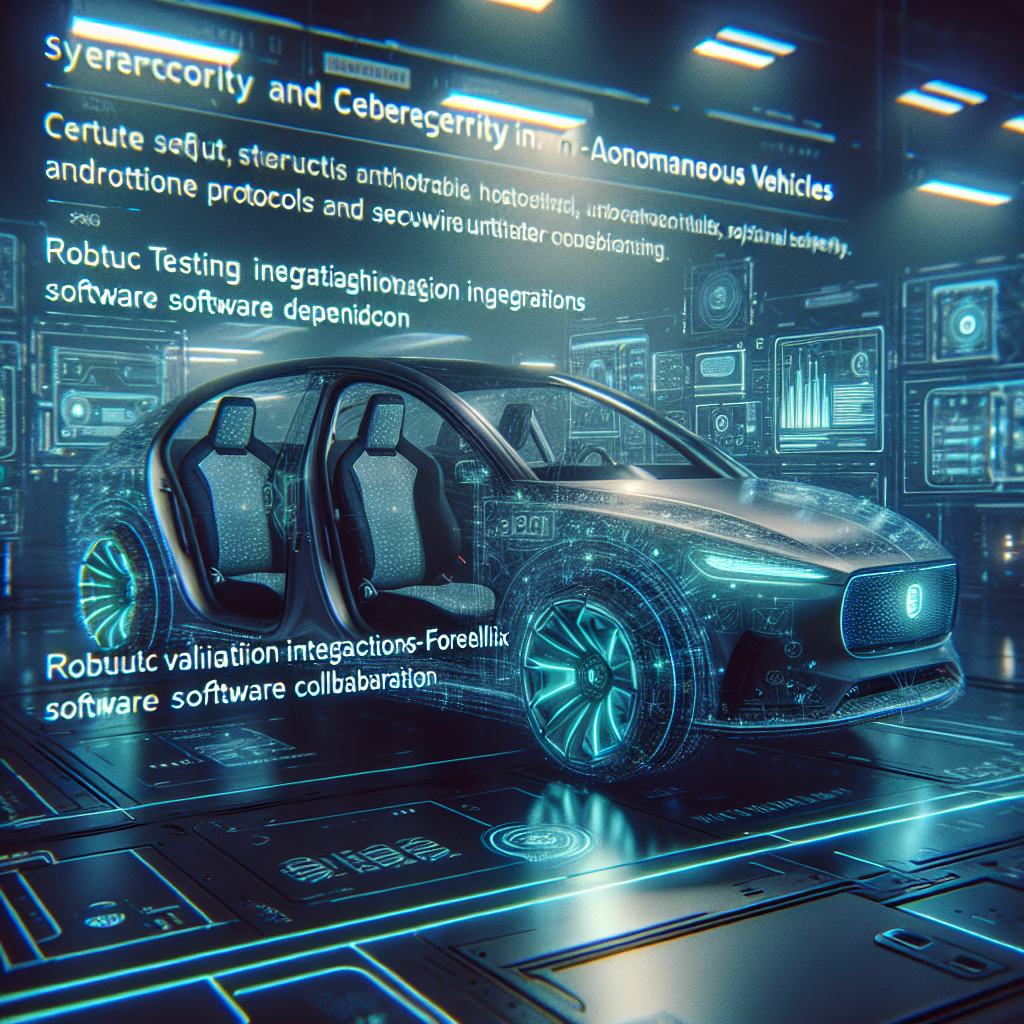
As the automotive sector accelerates its transition toward autonomous vehicles, cybersecurity and functional safety have emerged as critical priorities for manufacturers and technology providers. Recent developments highlight the industry's commitment to establishing robust security frameworks that can protect increasingly connected and software-dependent vehicles. With autonomous driving systems relying on complex artificial intelligence and extensive data processing, ensuring both cyber resilience and operational safety has become essential for the future of mobility. Industry leaders are now integrating advanced testing platforms and security protocols to address vulnerabilities before vehicles reach public roads.
The integration of sophisticated testing tools represents a significant step forward in validating autonomous vehicle safety. [1], creating a comprehensive solution for verifying autonomous driving systems. This collaboration enables manufacturers to conduct rigorous testing of AI-powered vehicle software, ensuring that safety-critical functions perform reliably under diverse conditions. The integration addresses the growing complexity of autonomous systems by providing tools that can simulate countless scenarios and identify potential failures before deployment.
The broader industry recognizes that cybersecurity must be embedded throughout the autonomous vehicle development process. According to [2]. As vehicles become increasingly reliant on software, connectivity, and sensor networks, they present expanded attack surfaces that malicious actors could potentially exploit. The stakes are particularly high for autonomous systems, where security breaches could compromise not only data privacy but also passenger safety and public trust in the technology.
The automotive industry's approach to security extends beyond traditional software patches to encompass comprehensive validation frameworks. Testing platforms now evaluate both functional safety and cybersecurity simultaneously, recognizing that these domains are intrinsically linked in modern vehicles. This integrated approach ensures that security measures do not inadvertently compromise safety functions, while safety systems remain protected against cyber threats. Manufacturers are investing heavily in these validation tools to meet emerging regulatory requirements and industry standards.








